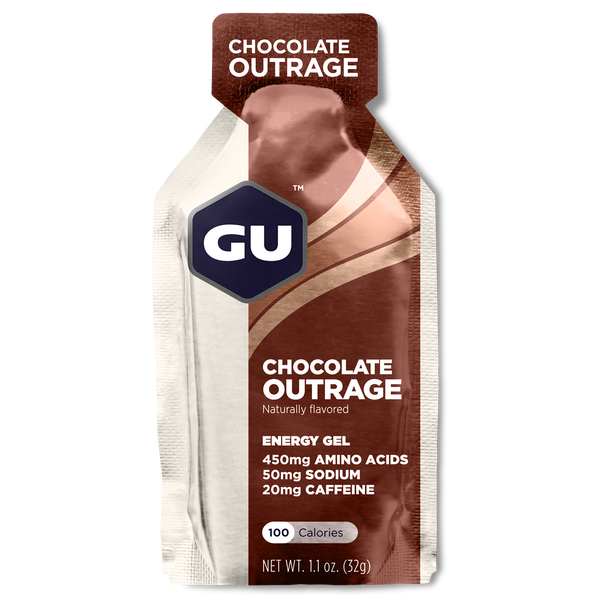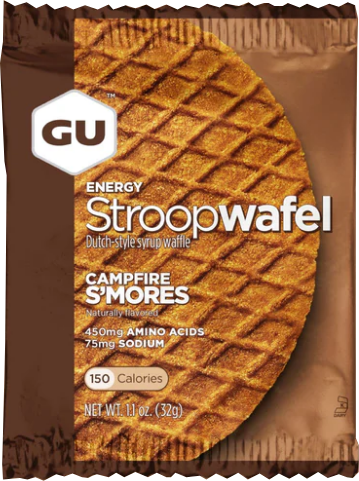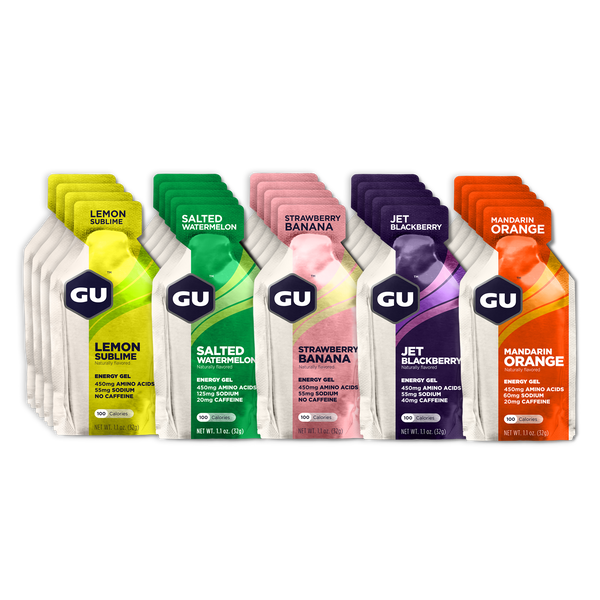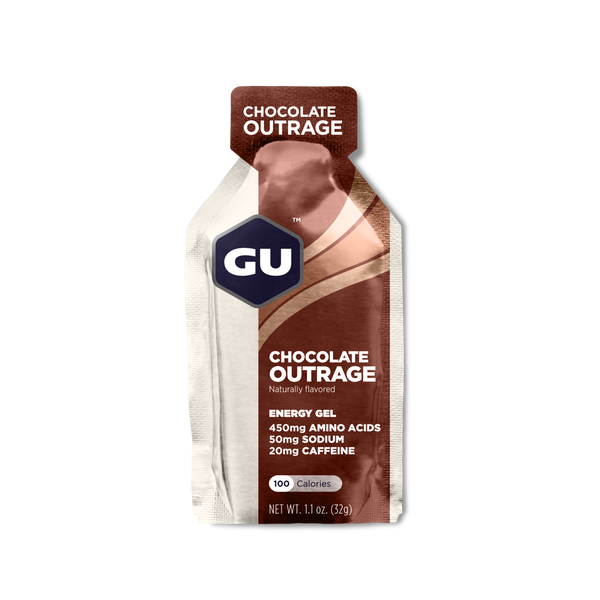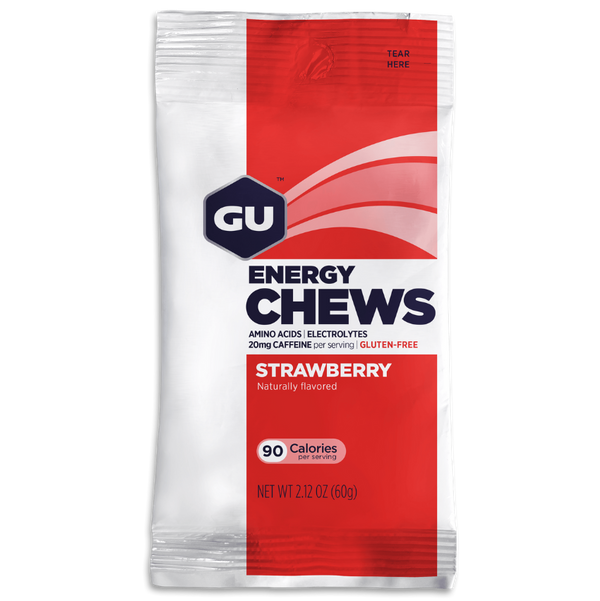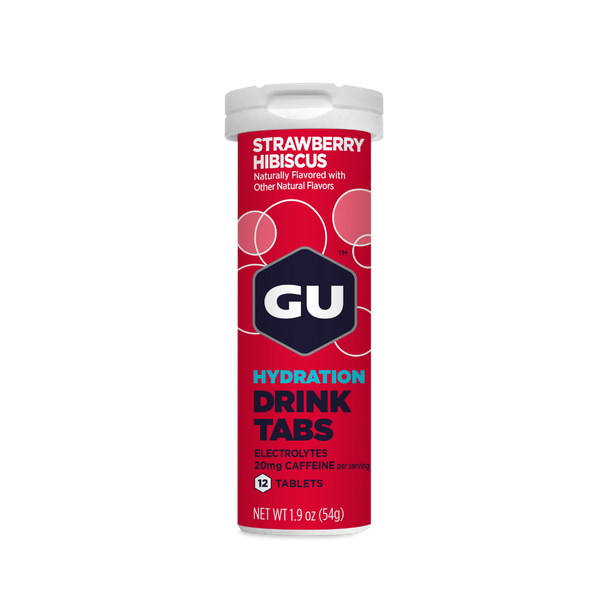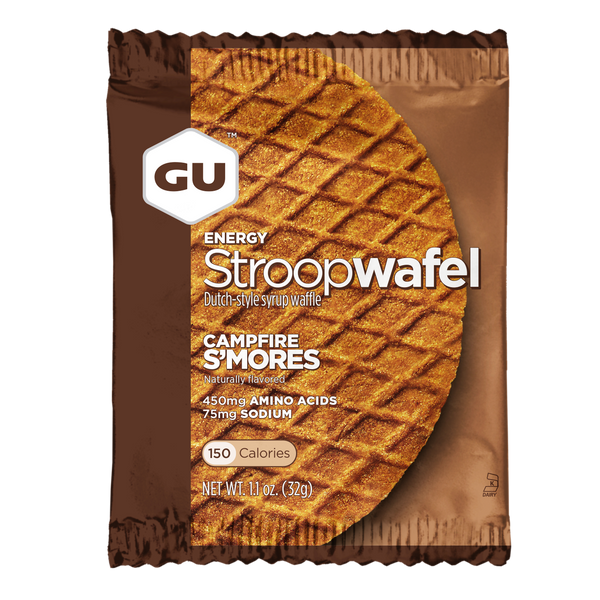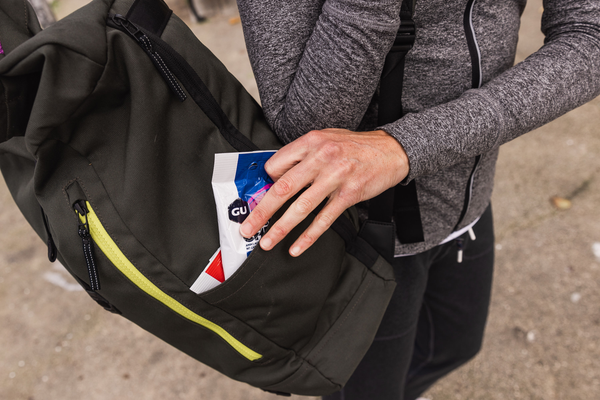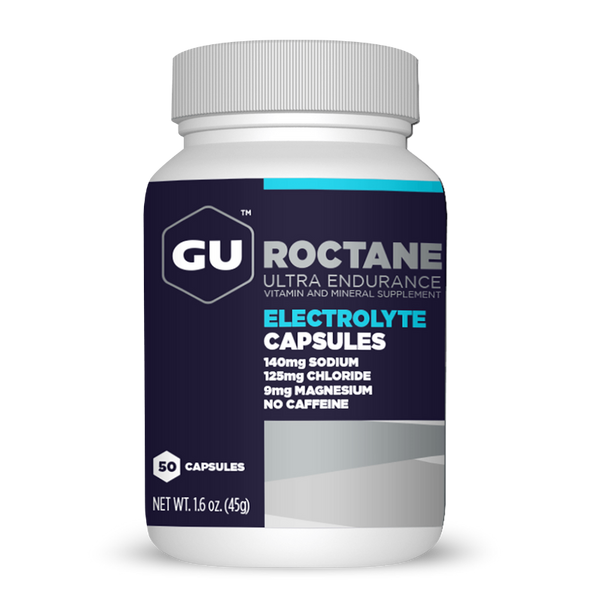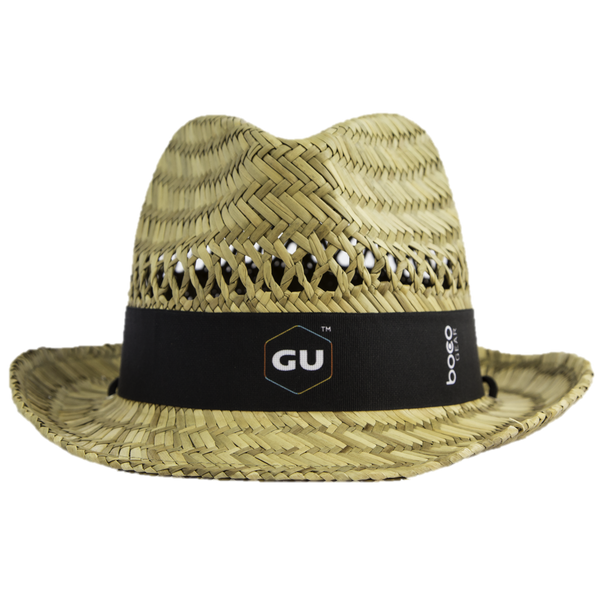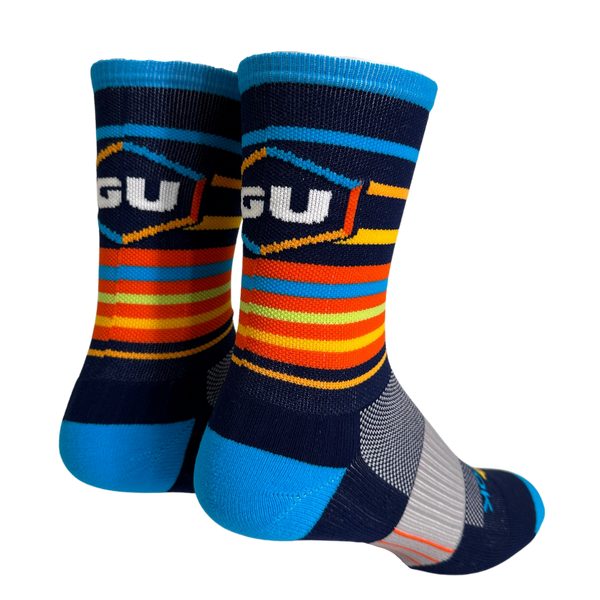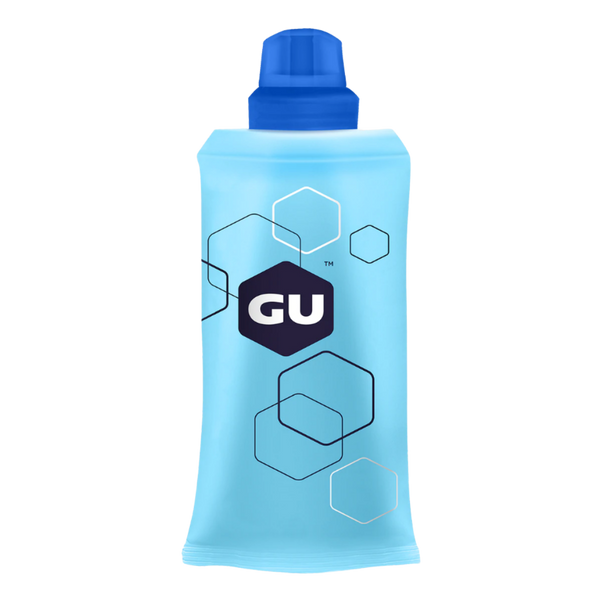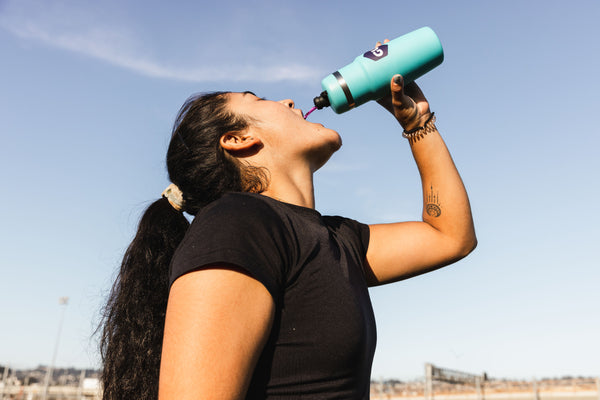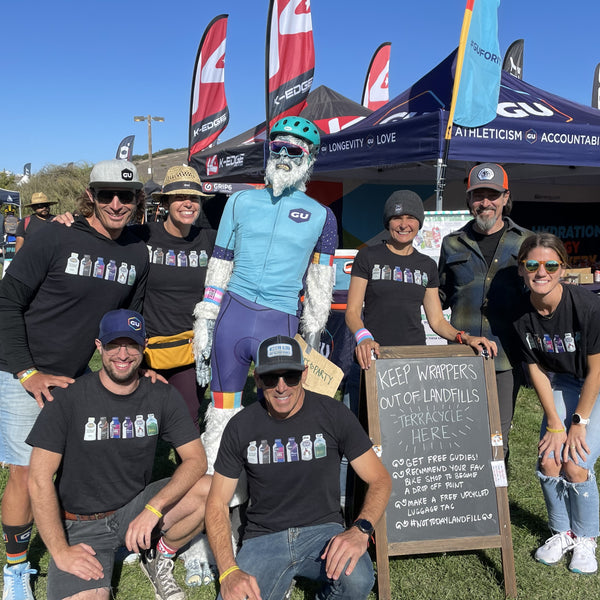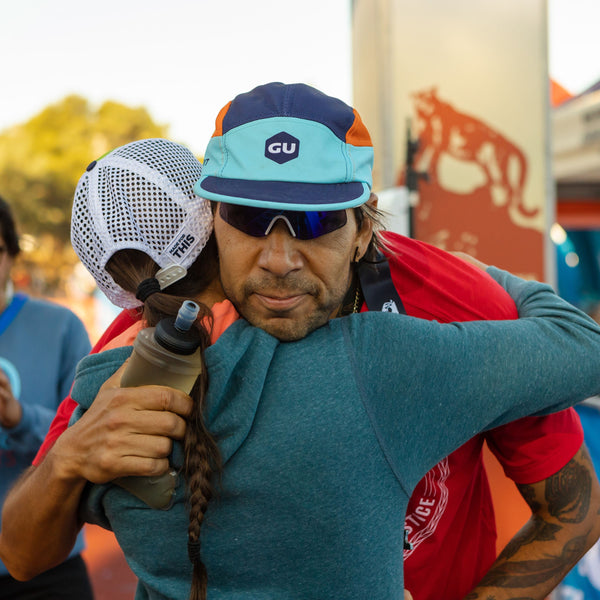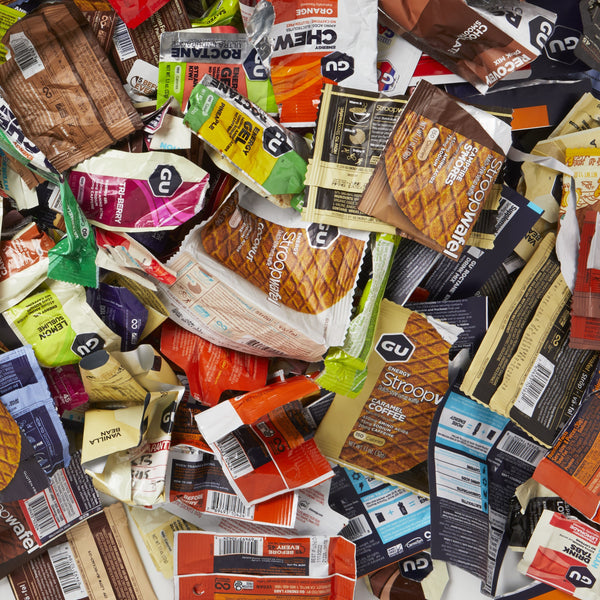Your fueling strategy could be the difference between a PR and a DNF
Your race-day fueling strategy might make the difference between getting a PR or not. With over 13 miles to run, your body is going to need additional fuel to help spare your glycogen stores, so you don’t bonk. Bonking occurs when glycogen stores (i.e. fuel tanks) are so low that the body suffers from nausea, dizziness, and a lack of power. It is common among endurance athletes, and avoiding the bonk is actually the reason we created the first Energy Gel back in 1993! Because our bodies use glucose as fuel during endurance exercise, we need to replace a significant amount of our calories with carbohydrates (anywhere between 30-90 grams per hour).

Plan ahead and use the aid stations
Planning out your nutrition for a half-marathon is particularly important if you plan on taking two hours or longer. During moderately intense exercise, your body can use between 200-400 calories an hour, but don’t wait until you’re hungry or low-energy to start fueling. Know where aid stations will be on the course, as you’ll want to use them to help plan what you need to bring. If you won’t get enough water from the aid stations, make sure to bring some with you! For slower-paced runners, try substituting Energy Chews for Gels to mix things up along the way.
For a half marathon, you will need varying amounts of sodium, calories, fluids, and BCAAs during your race depending on your goal finish time. To get more specifics on the exact amounts of fuel you’ll need for your goal time, check out our nutrition mix guide here.

